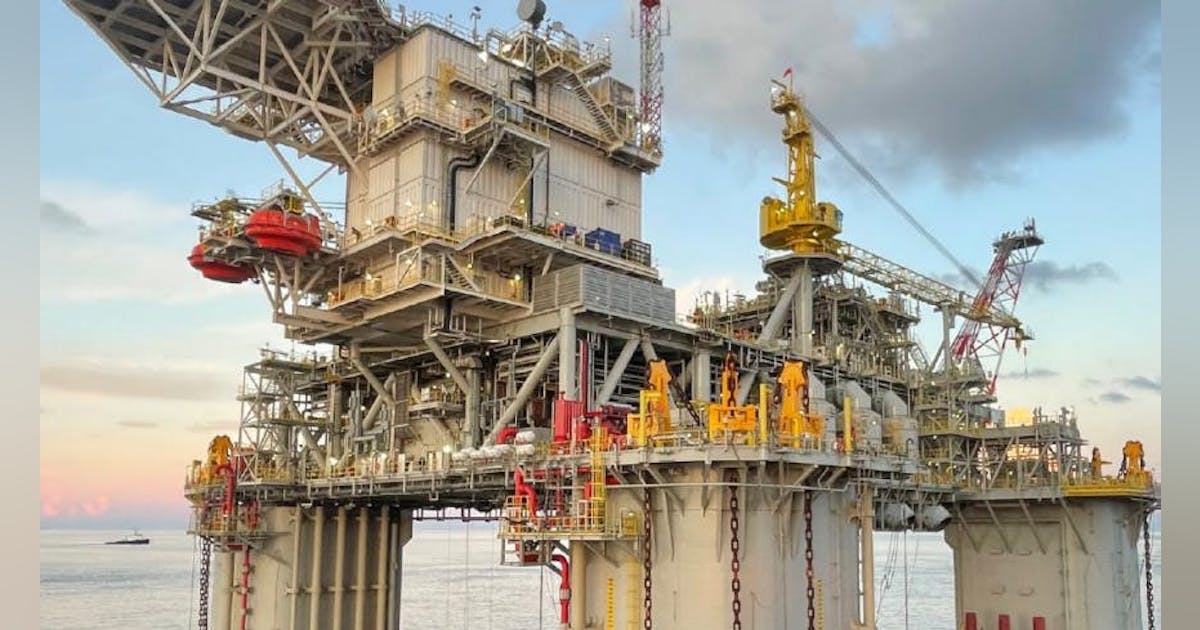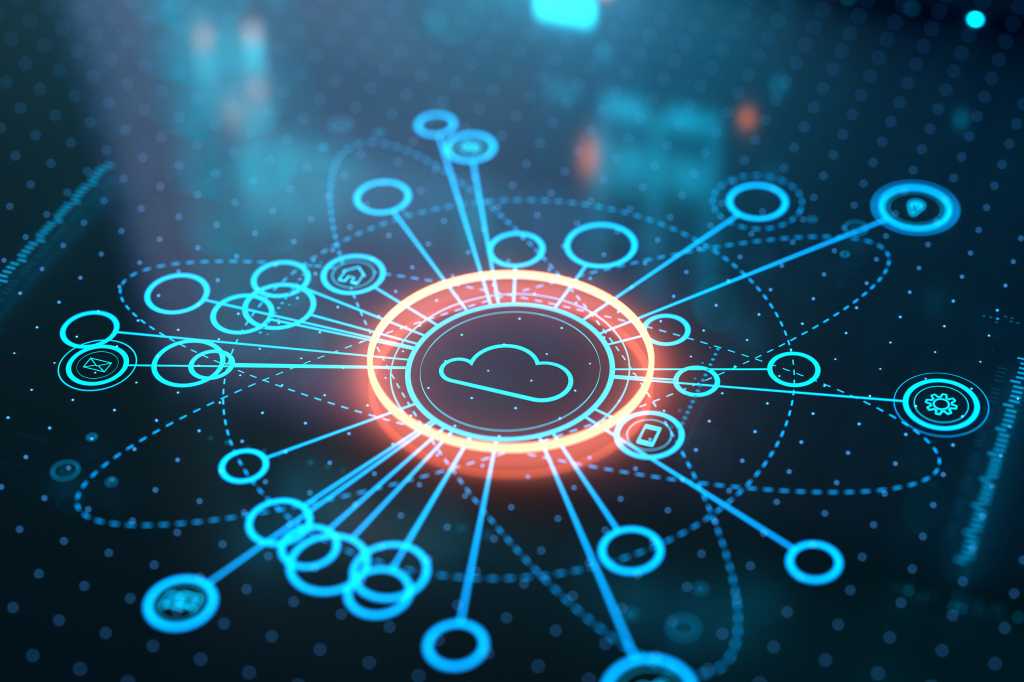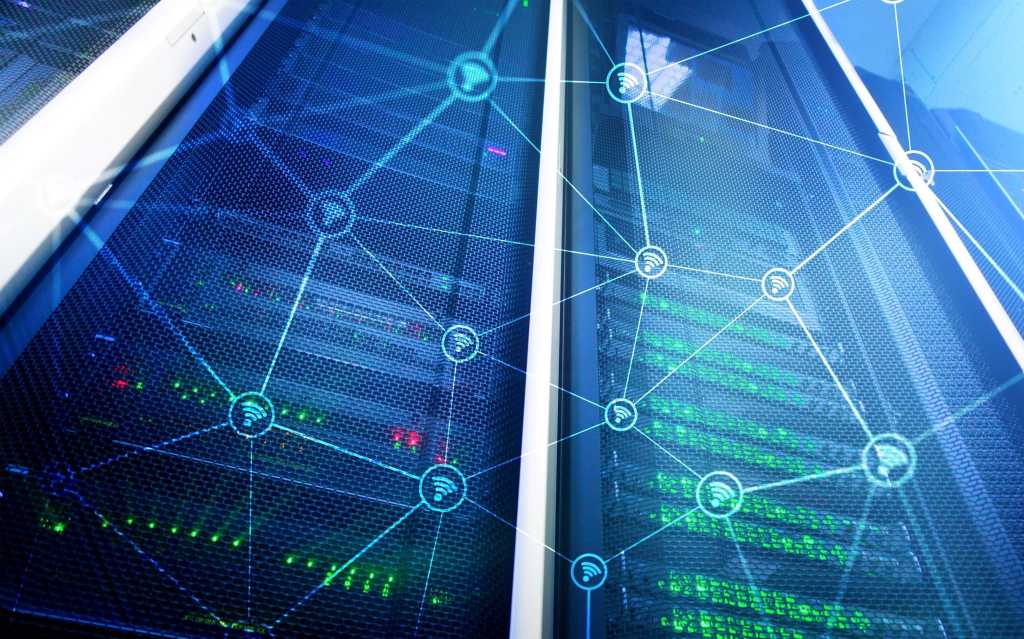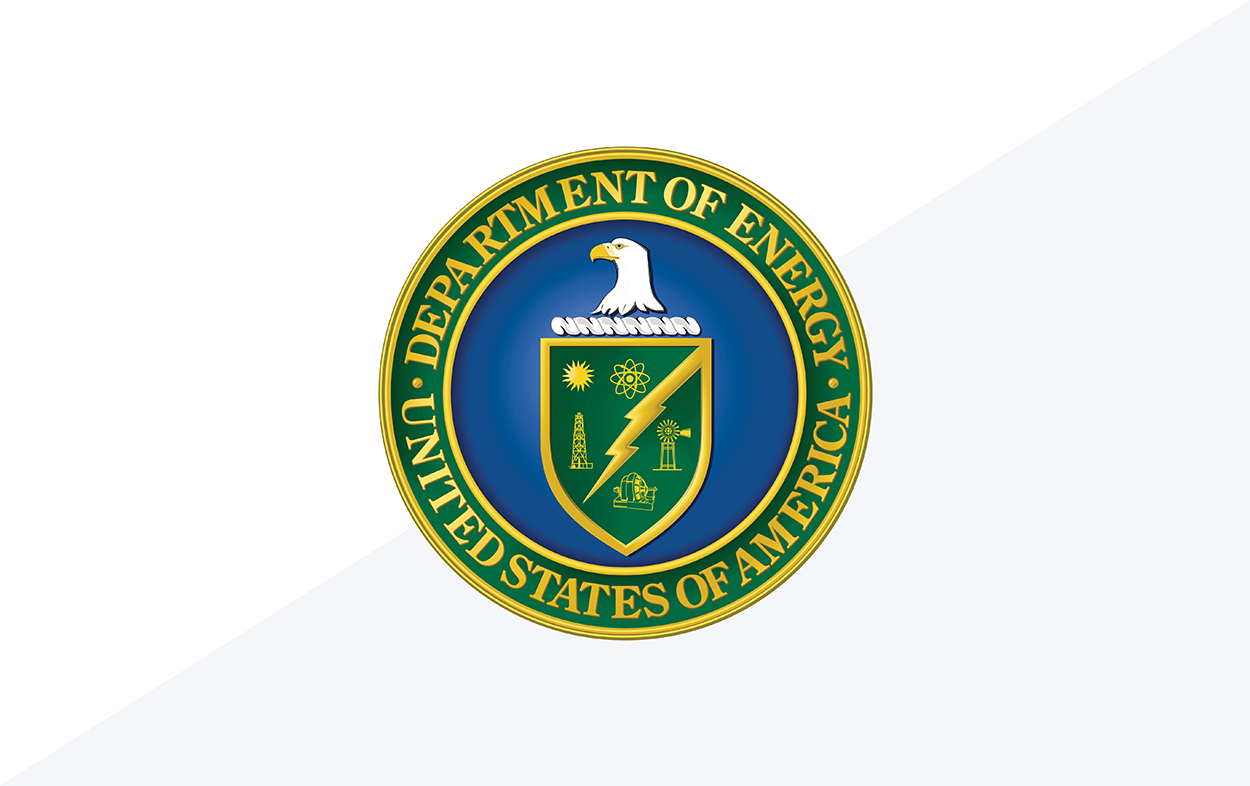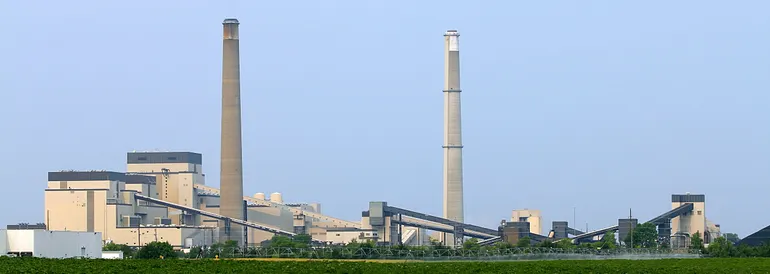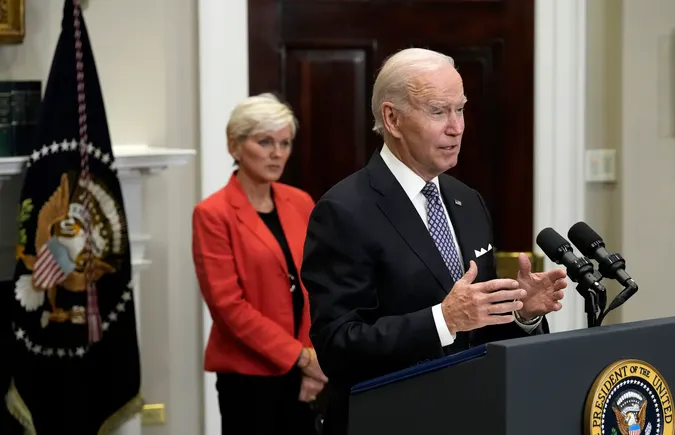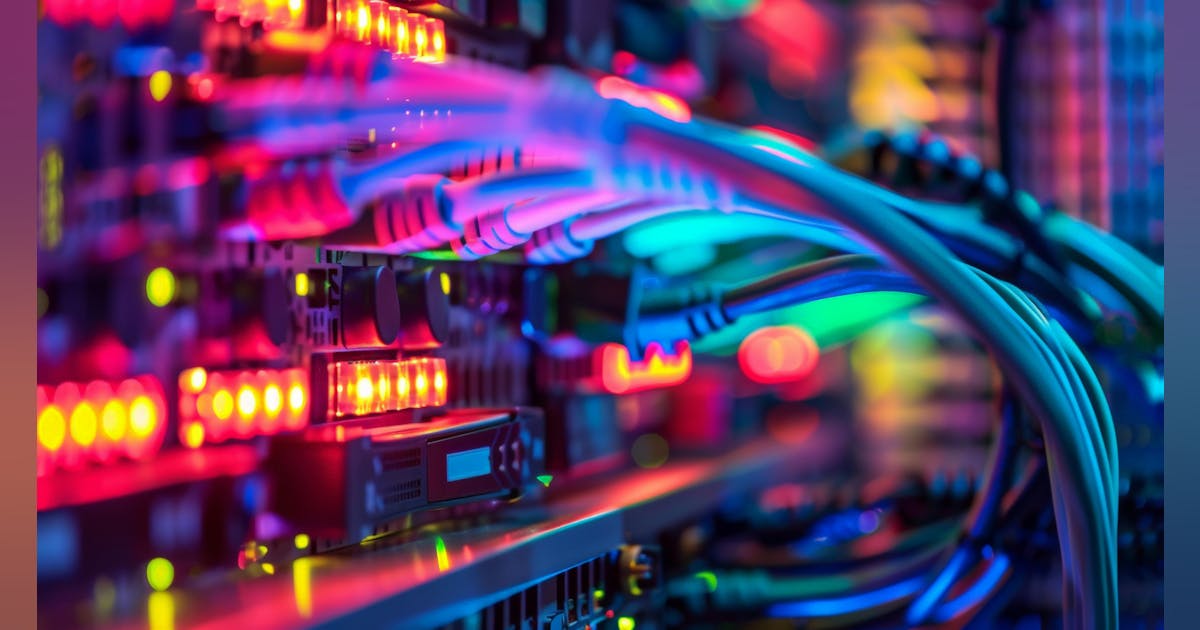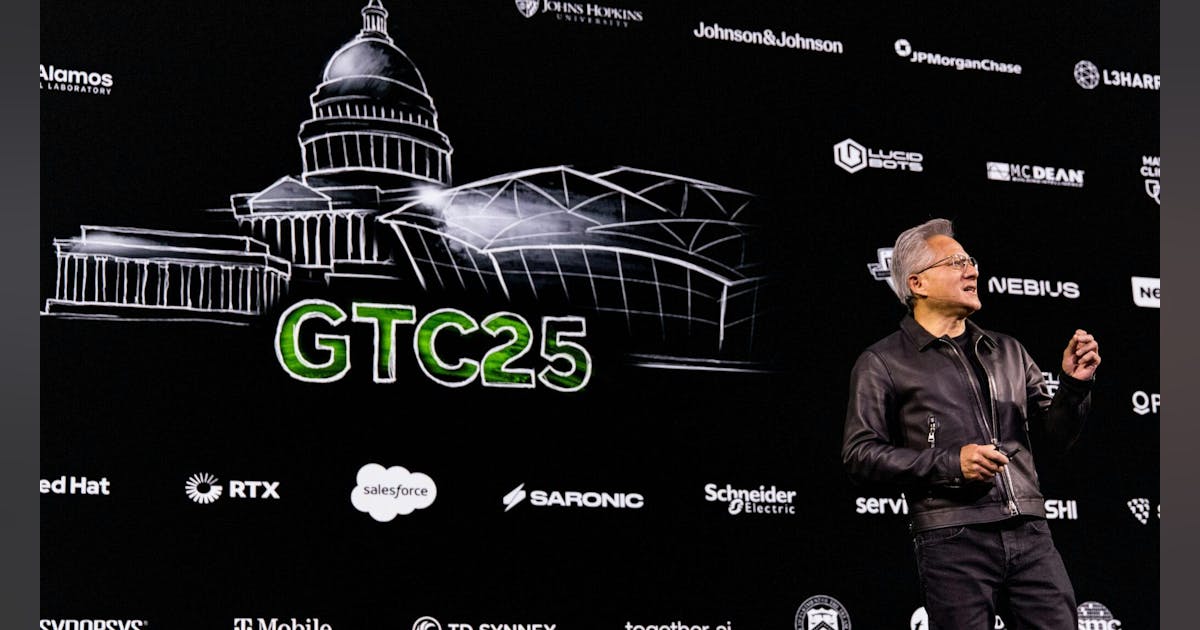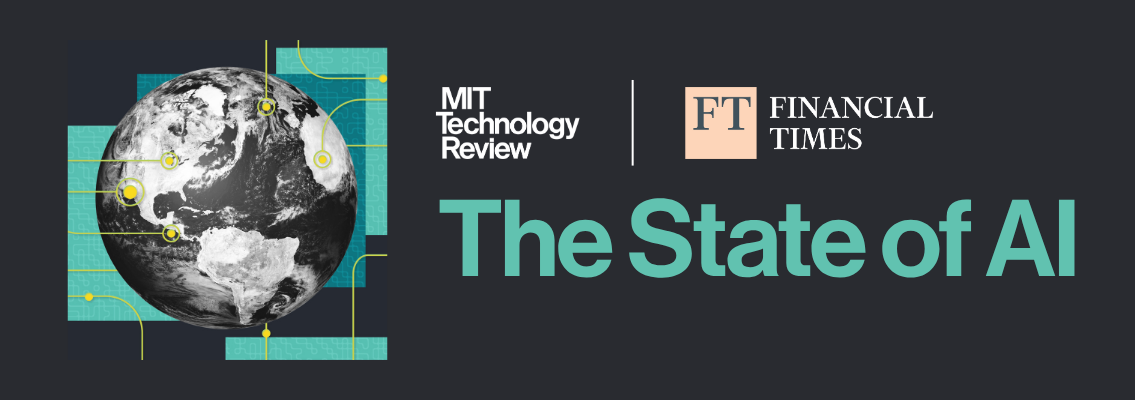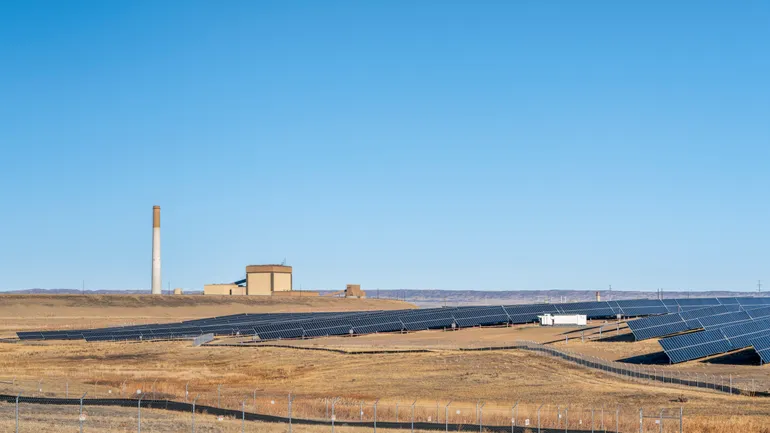
Cassady Craighill is the technical education director at GridLab.
The challenges facing the grid can often feel intimidating and beyond grasp. How much of the load growth is hype and how much is real? How do we ensure the financial burden of updating our grid and leading the world in energy innovation does not disproportionally fall on residential customers? How do operators and utilities prepare for the next cataclysmic flood, fire, or storm? How do we ensure that our 21st energy grid serves everyone across the country amidst a patchwork of different state policies and resources?
Those are all big questions that will take years to get exactly right. Luckily, there is an out-of-the-box solution laying on the table today that will get hundreds of energy projects online in no time and will save consumers money. Surplus interconnection, which allows new energy projects to plug into existing interconnection infrastructure at plants with low capacity factors, could nearly double the generation in the United States by 2030 and at a fraction of the cost and time of a traditional interconnection process.
Affordable, clean, and abundant power is key to keeping businesses operating in the U.S. This sentiment dominates the rhetoric in Energy Secretary Chris Wright’s first Secretarial order issued this month and his message of “energy addition.” At its core, surplus interconnection is adding energy resources to the grid as quickly and cheaply as possible.
In his order, Secretary Wright insists “we must expand energy production and reduce energy costs for American families and businesses.” Leveraging existing interconnection capacity at thermal plants is the fastest way to expand energy production by shaving years off the interconnection timeline, saving about $200 billion by avoiding costly new infrastructure and lengthy new buildouts, and adding reliable resources to the grid. We need this solution to stay competitive in a changing global economy and keep the lights on for Americans at a fair cost.
About 800 GW of clean energy projects currently warming the bench could be plugged right into the interconnection infrastructure at over 1,000 existing thermal plants across the country, adding much-needed capacity to the grid. This is followed by an additional 200 GW by 2030, according to new research from GridLab and the University of California Berkeley. 1,000 GW is roughly equivalent to the installed generating capacity in the United States today.
By leveraging existing interconnection sites to plug in low-cost clean energy sources, energy planners can increase grid reliability, lower costs by utilizing existing grid infrastructure, and keep financial benefits in regions that have helped power America for decades. A cooperative transition between thermal and clean sources enables grid operators to master operating clean energy on their grids while keeping thermal assets available for extreme conditions until their retirement.
Aging coal plants are prime candidates for surplus interconnection service. A recent analysis from the NY Times found that about a third of coal units with planned retirement dates have been extended. Nevermind air pollution, running these plants almost never makes economic sense. Over 70% of existing coal plants are more expensive to operate than the cost of building replacements using clean energy — and this is without factoring in a dime of federal incentives from the Inflation Reduction Act. And that uneconomic operation largely falls on the ratepayer. Take the federal government out of it and the case for coal still doesn’t add up.
A better deal for customers is to maximize the output at aging plants so that ratepayers aren’t footing the bill for costly infrastructure that sits idle most of the time. And the business case makes sense for owners and utilities as well. By using their surplus interconnection to install a new project, power plant owners can use their existing infrastructure and install clean energy, similar to a mall renting out its under-used space. Fossil asset owners can use this surplus interconnection to pivot from an expensive fossil fuel power business to renewables.
From a reliability standpoint, surplus interconnection is a near-term solution to add critical resources to the grid at a time when everyone in the energy space is asking how the country is going to meet load growth from data centers and manufacturing. Take an existing gas plant, for example, which typically underperforms in the winter when the grid is stressed. A solar plant, for example, can still produce electricity. Thermal plants around the country are operating at less than 20% capacity, yet their interconnection infrastructure is perfectly usable. By plugging in clean energy projects at the sites of aging and underused gas and coal plants, low-cost sources can be the primary generation while thermal generation pitches in only when needed.
Regional transmission organizations and utilities have started to acknowledge this near-term solution to meeting rising demand — MISO has about 4,000 MW of capacity in its interconnection queue and the Southwest Power Pool has expanded its surplus interconnection service. Xcel Energy and PacifiCorp, both in the Western Interconnection, have recently used the tactic to deploy solar and storage. And the Federal Energy Regulatory Commission this month approved a PJM Interconnection proposal to update its surplus rules. The proposal was backed by utilities, clean energy advocates, environmental groups and independent power producers. Despite this encouraging progress, the U.S. is still far from fully maximizing the technical potential from robust surplus interconnection deployment. Clean electricity is currently stuck in queues looking for new interconnection while utilities are sending away tech companies seeking to power new data centers.
Surplus interconnection is a win-win that speaks to the real challenge power plants, utilities and state decisionmakers face with load growth. About 1,000 GW of low-cost clean energy could be added to the grid by 2030, enough to meet rising demand quickly and affordably. Energy leaders in every state should embrace this bipartisan solution that allows access to secure clean power cheaper, faster in an age of rising demand.


